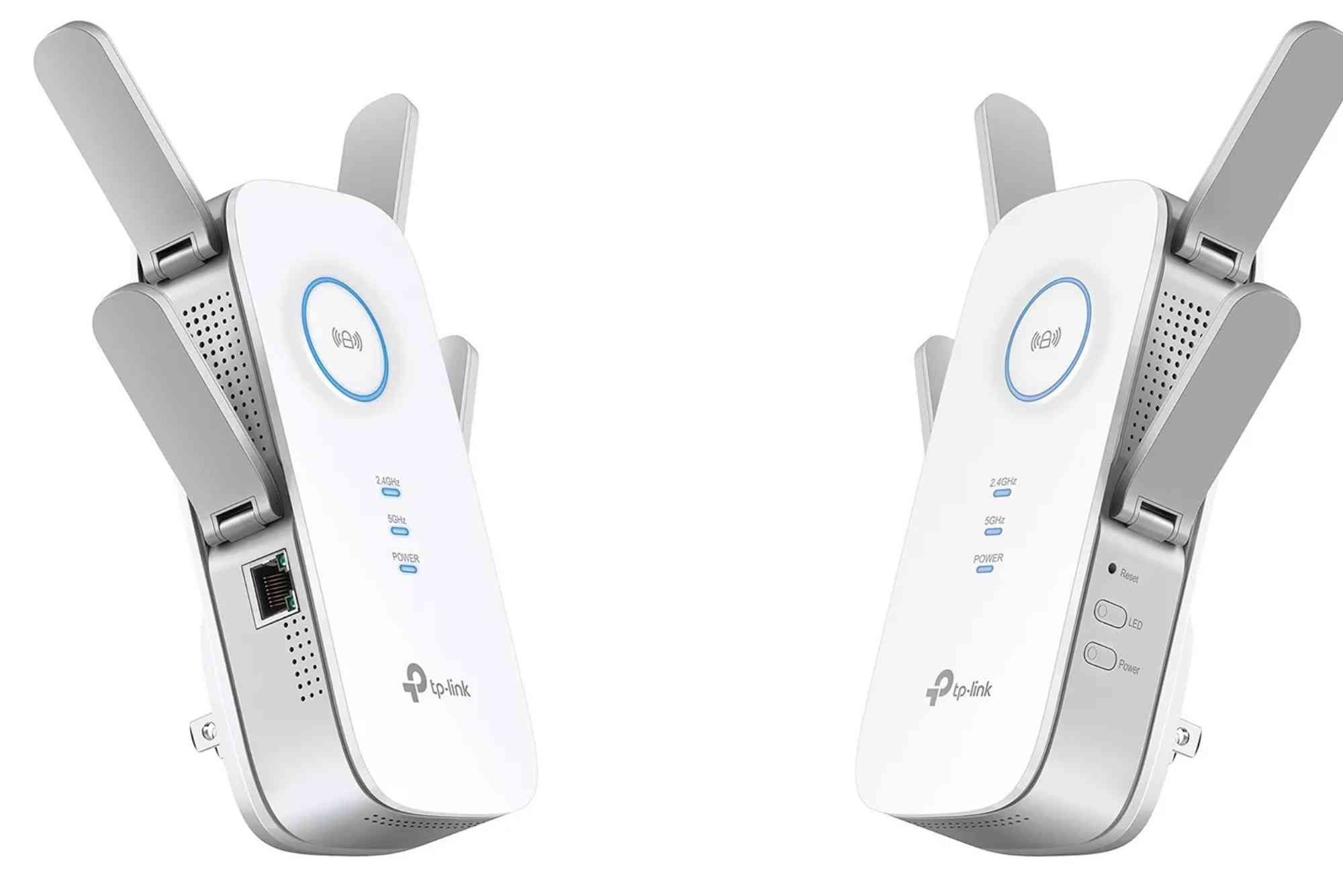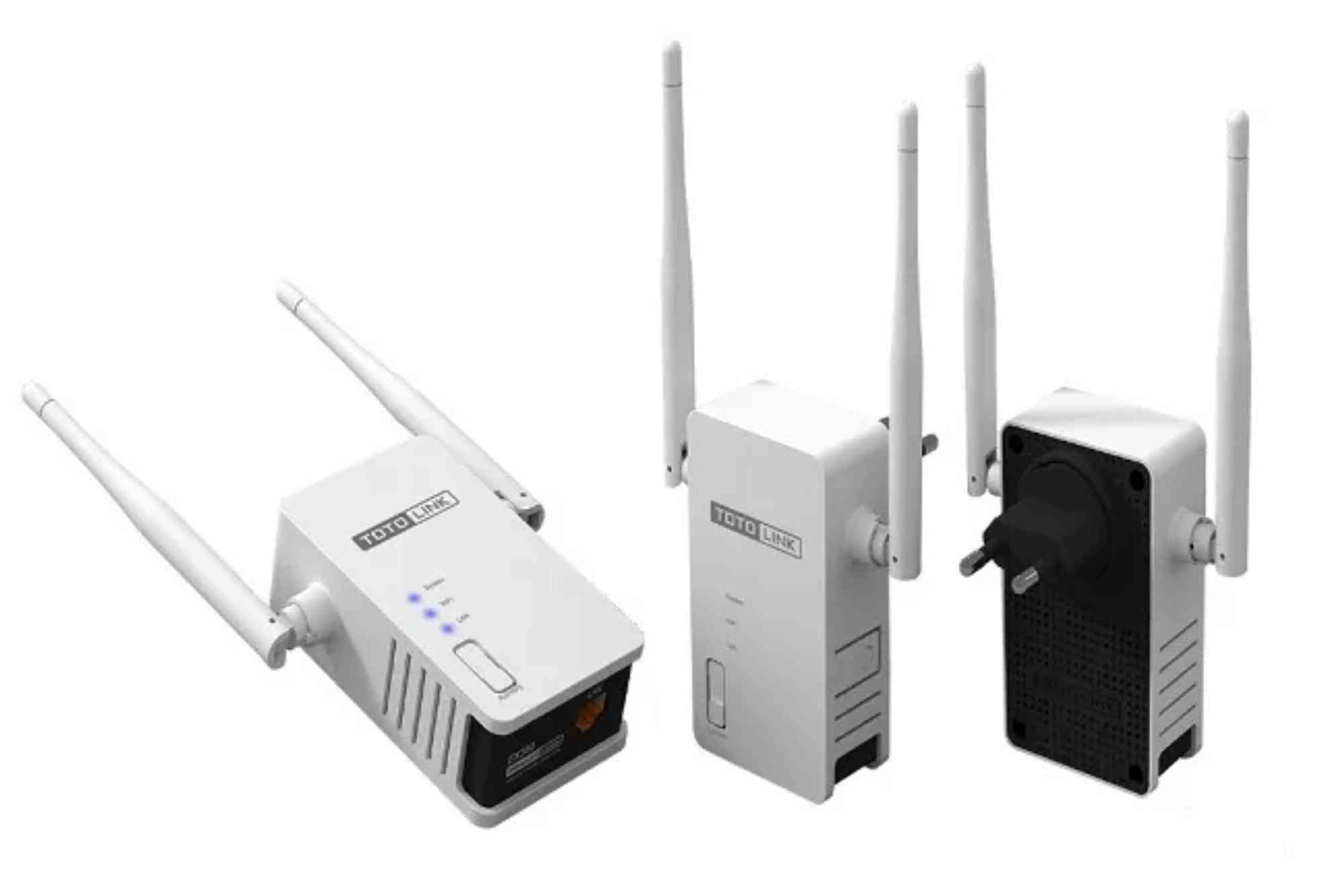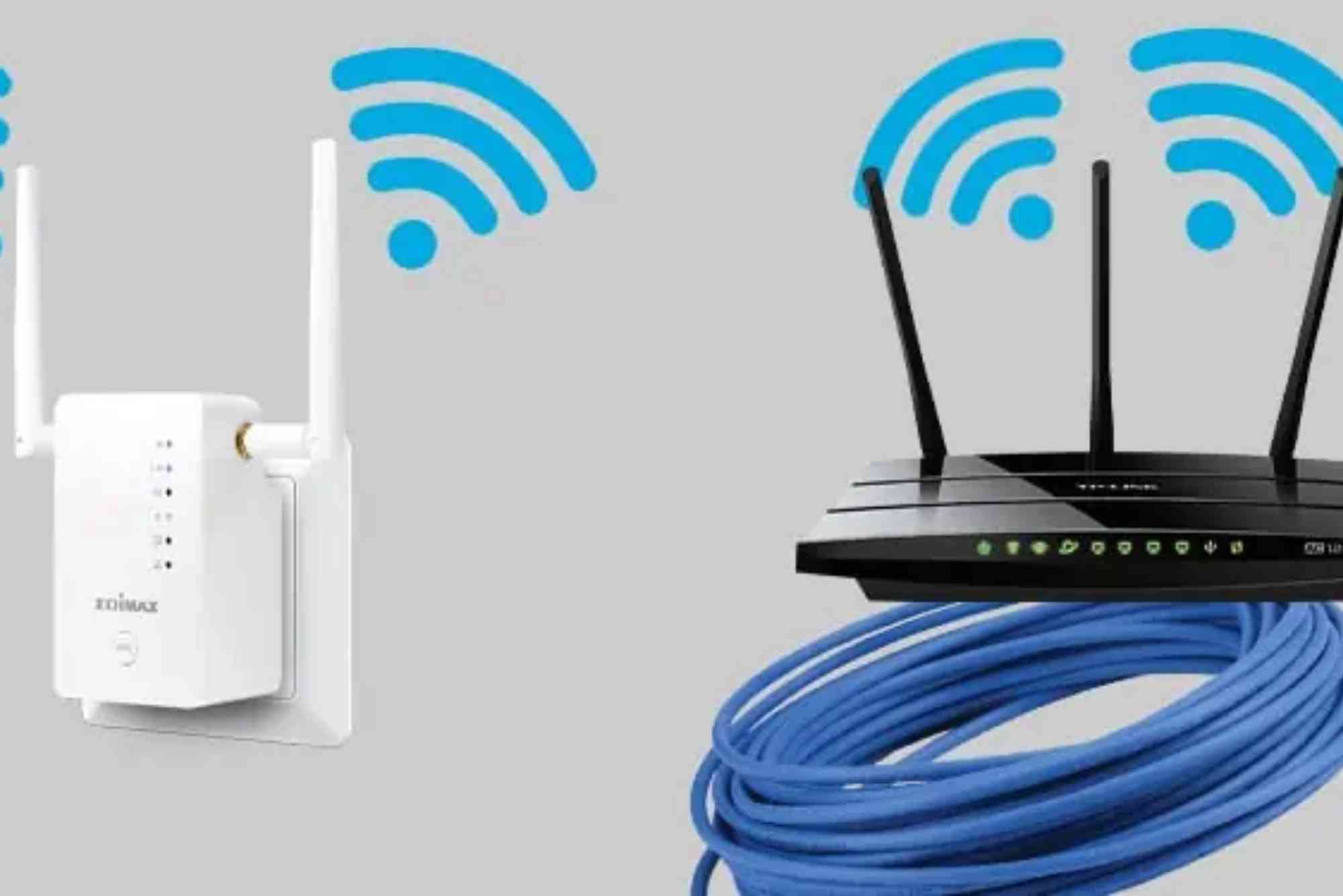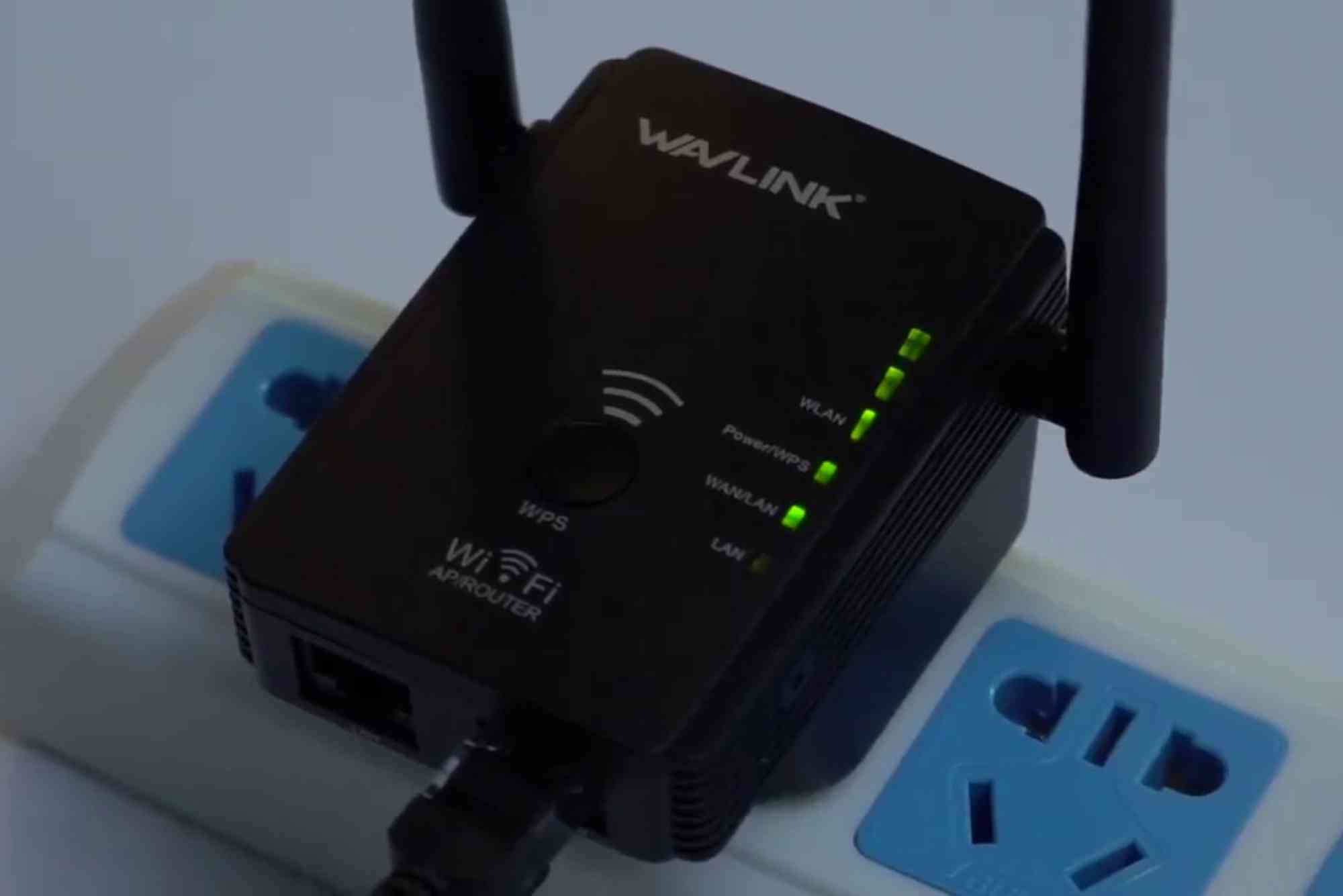What is Router VPN Passthrough and How to Enable It
When you hear the term router VPN passthrough, it might sound technical, but it plays a very important role in secure internet access. If you use VPNs for remote work, gaming, or browsing, you may have already faced connectivity issues due to your router blocking VPN protocols. That’s exactly where VPN passthrough becomes relevant.
What is Router VPN Passthrough?
Router VPN passthrough is a feature that allows VPN traffic to pass through your router without being blocked. Many routers, by default, can interfere with certain VPN protocols because of Network Address Translation (NAT) and firewall restrictions. Passthrough ensures that VPN protocols such as PPTP, L2TP, and IPSec can establish a secure connection between your device and the VPN server.
Without VPN passthrough, users may encounter dropped connections, failure to authenticate, or complete inability to connect to a VPN. This makes passthrough an essential feature for professionals, remote workers, and anyone who relies on private networks.
Why is VPN Passthrough Important?
VPN passthrough plays a crucial role in ensuring seamless VPN connections. Here’s why it matters:
Remote Work: Employees connecting to company resources via VPN need passthrough enabled to access internal systems.
Gaming: Gamers who use VPNs to reduce lag or access restricted servers often need passthrough to avoid disconnections.
Privacy Protection: Individuals using VPNs for secure browsing or streaming rely on passthrough to maintain uninterrupted access.
IoT and Smart Devices: Some smart home devices communicate via VPNs. Without passthrough, they may fail to connect properly.
How Does Router VPN Passthrough Work?
When a device tries to establish a VPN connection, the router inspects the traffic. If the router does not recognize the VPN protocol, it blocks or drops the packets.
VPN passthrough modifies the router’s behavior by:
-
Recognizing the VPN protocol headers (like PPTP GRE packets or IPSec ESP packets).
-
Allowing these packets to pass through without interference.
-
Mapping them correctly using NAT so they reach the VPN server.
This ensures the VPN tunnel is built successfully, and encrypted communication flows securely between client and server.
VPN Protocols Supported by Passthrough
Not all VPN types require passthrough. Modern VPN protocols like OpenVPN and WireGuard usually work without it. However, some older but still widely used protocols depend on passthrough:
PPTP
One of the earliest VPN protocols, PPTP is fast but less secure. Many legacy systems still use it, and VPN passthrough is essential for its connectivity.
L2TP
Often paired with IPSec for security, L2TP relies on passthrough because routers may block its port-forwarding process.
IPSec
Known for robust encryption, IPSec often struggles with NAT routers. Passthrough resolves these conflicts by allowing ESP and IKE packets.
How to Check if Your Router Supports VPN Passthrough
Most modern routers come with VPN passthrough support, but it’s worth confirming before troubleshooting. You can:
-
Check your router’s manual or user guide.
-
Look into the web interface under advanced security settings.
-
Visit the router manufacturer’s support page.
If you use internet providers like Dhanote Internet Services, you may also ask their technical support to guide you in verifying if your router supports VPN passthrough.
How to Enable Router VPN Passthrough
Enabling passthrough is generally straightforward, but it may vary depending on your router brand and firmware. Below are common steps you can follow:
Access Router Settings
Open a web browser, type your router’s IP address (commonly 192.168.1.1 or 192.168.0.1), and log in using your credentials.
Navigate to VPN Passthrough Section
Look under Security, Advanced Setup, or VPN tabs.
Enable Protocols
You’ll typically see options for PPTP, L2TP, and IPSec passthrough. Enable the ones relevant to your VPN.
Save and Reboot
Save the changes and reboot your router to apply the new settings. After enabling, test your VPN connection to ensure it establishes successfully.
Common Issues with VPN Passthrough
Sometimes enabling passthrough isn’t enough. Here are common problems and fixes:
-
VPN Still Not Connecting: Ensure the correct ports are open (e.g., PPTP uses TCP 1723, IPSec uses UDP 500/4500).
-
Multiple VPN Clients: Some routers struggle with multiple VPN sessions simultaneously. Check firmware updates.
-
Firewall Restrictions: Ensure your router firewall isn’t blocking VPN ports.
-
Outdated Router: Older models may lack full support. Consider upgrading if passthrough doesn’t work.
Router VPN Passthrough vs. Router VPN Support
Many confuse passthrough with built-in VPN support, but they are different:
-
VPN Passthrough: Lets VPN traffic pass through your router to a VPN server.
-
Router VPN Support: Allows the router itself to act as a VPN server or client, managing encryption and tunneling directly.
If you want all your devices to connect via VPN automatically, a router with native VPN support is better. However, if you only need individual devices to connect, passthrough is sufficient.
Security Considerations of Using VPN Passthrough
While passthrough enables convenience, users should also think about security:
-
Outdated Protocols: PPTP is considered insecure. Avoid it if possible.
-
Weak Router Firmware: Ensure your router firmware is updated to protect against vulnerabilities.
-
Encryption Dependence: Passthrough itself doesn’t provide encryption. Your VPN software must handle security.
For best results, pair passthrough with modern VPNs that use robust encryption standards.
Should You Enable Router VPN Passthrough?
Router VPN passthrough is an essential feature if you rely on PPTP, L2TP, or IPSec VPN connections. Without it, your VPN may fail to connect, making remote work, gaming, or private browsing nearly impossible. Enabling passthrough is easy and usually requires just a few clicks in your router settings. However, keep in mind that passthrough does not provide encryption on its own—it simply ensures that VPN traffic reaches its destination without interference.
If you want a hassle-free internet experience, especially when working remotely or accessing global content, make sure your router supports VPN passthrough. And if you need reliable internet services to back your VPN use, providers like Dhanote Internet Services can give you the stable connectivity required for smooth VPN sessions. Ready to enjoy secure and seamless browsing? Check your router settings today, enable VPN passthrough, and experience the freedom of uninterrupted VPN connections
FAQ
Do all routers have VPN passthrough?
Not all, but most modern home and business routers include it. Always check your model’s specifications.
Is VPN passthrough safe?
Yes, but its safety depends on the VPN protocol you use. PPTP is outdated, while IPSec and L2TP are safer.
Do I need VPN passthrough if I use OpenVPN?
No, OpenVPN uses SSL/TLS protocols which work without passthrough.
Can I enable VPN passthrough on multiple devices?
Yes, but some routers may struggle with multiple simultaneous VPN sessions. Performance varies by model.
What if my router doesn’t support VPN passthrough?
You can either upgrade to a newer router or use a VPN-compatible router that has built-in VPN support.








